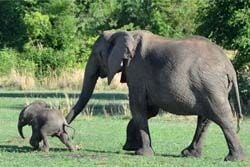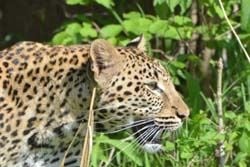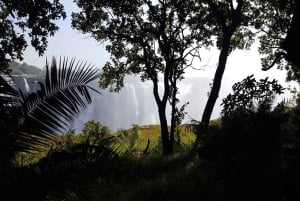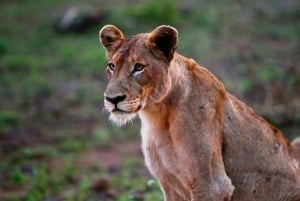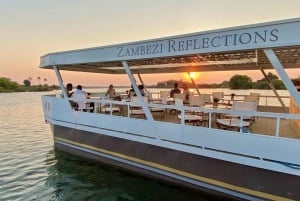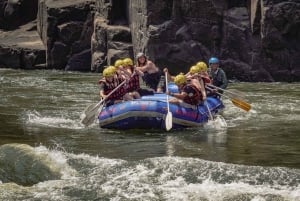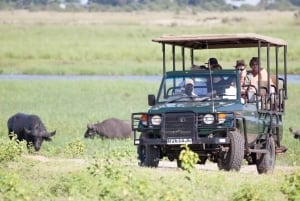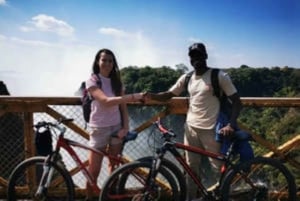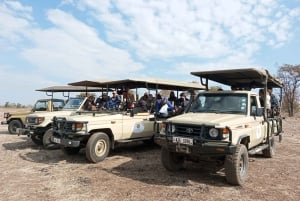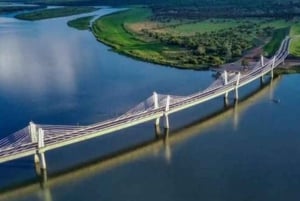South Luangwa National Park
The South Luangwa National Park is the second largest of the 19 national parks in Zambia, covering approximately 9,050km2. This is one of the premier tourist destinations in Africa and arguably, the world. The Park lies in the Luangwa Valley, part of the Great East African Rift Valley fault line with the Muchinga Escarpment forming the Western and North-West boundary and the Luangwa River a natural boundary on the East of the park.
Norman Carr, the well-known conservationist responsible for setting up a number of National Parks in Central Africa during the 1950's and 60's made South Luangwa his final home. His words "You don't really know a country until you've walked it," are probably the reason he pioneered walking safaris in the late 1950's, early 1960's. Norman Carr was also insistent that the local indigenous people, the traditional owners of the wildlife, should benefit from all visitors and tourists. This principal is upheld by the present lodge owners and operators. Many of the present day safari guides in the Luangwa Valley are where they are as a result of the investment in local education.
The concentration of animals around the Luangwa River and its oxbow lagoons, is among the most intense in Africa with mammal species including elephant, buffalo, hippo, impala, kudu, puku, zebra, waterbuck, warthog, baboon and vervet monkey. The Thornicroft’s giraffe, with white legs and face, and Crawshay's zebra, without the brownish "shadow-stripe" of common (Burchell's) zebra, are both endemic to the Luangwa Valley. Larger carnivores include lion, leopard, cheetah, spotted hyena, side-stripped jackal and wild dog. The Luangwa River is also home to the largest concentrations of hippo in the world and you will never find a section of the river where you cannot see at least one pod of hippo.
The Luangwa River, one of the four largest rivers in Zambia, is a major tributary of the Zambezi River. The river is one of the biggest unaltered rivers in Southern Africa and is therefore dramatically affected by seasonal flow. The river generally floods in the rainy season (December to March) and then falls considerably in the dry season to form many small isolated ponds along the river bed.
Getting There
Mfuwe Airport recently achieved international status and various airlines are looking at scheduled flights from abroad. Charter flights from outside the country can now fly direct ti Mfuwe without first clearing customs in Lusaka.
There are a number of charter companies in Zambia that can fly to and from Zambia’s top destinations but Proflight Zambia is the only airline flying scheduled domestic flights within Zambia. They have daily flights from Lusaka to South Luangwa all year round.
All lodges do transfers to and from the airport.
By Road:
Take the T4 from Lusak to Chipata. Turn left on to the D104 at Chipata, travel 123Km to Mfuwe.


